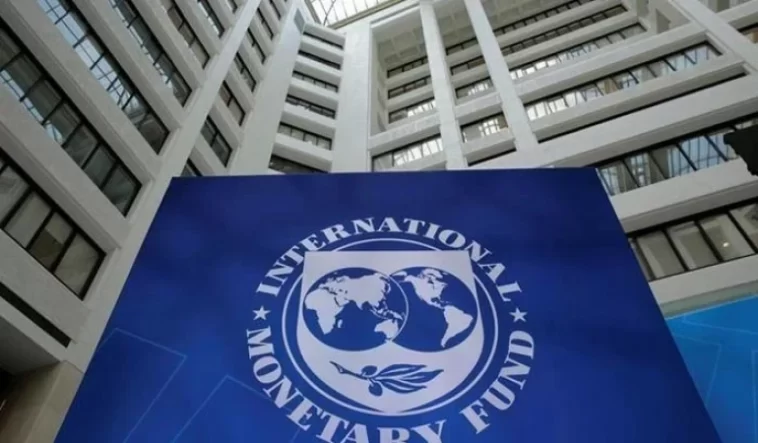High-level talks between Pakistan and the IMF are set to begin on Tuesday, January 31, in order to complete the ninth review under the Extended Fund Facility. The main topics up for discussion will be the budgetary slippages and the reconciliation of numbers.
Prior to the budget release for 2022–23, the government planned a primary deficit to keep it at a positive 0.2% of GDP and a budget deficit target of 4.9% of gross domestic product (GDP).
Sources claim that the IMF is currently requesting that the Pakistani government implement extra taxing measures totaling Rs600 billion through a mini-budget.
It should be highlighted that now there are areas where both parties have differing opinions and must resolve them to move toward reaching a staff-level agreement by February 9 that has been specified.
Senior IMF officials have also decided to include an increase in circular debt owed by Pakistan’s cash-strapped energy industry above the ceiling previously agreed upon with the lender of last resort as part of the primary deficit for the current fiscal year 2022–2023.
It should be emphasised that the primary deficit is determined after debt servicing obligations have been eliminated.
In the meantime, Pakistan asked the IMF to forgive Rs 500 billion in flood-related expenses when calculating the budget deficit, particularly the primary deficit for the current fiscal year 2022–2023
Well-placed sources confirmed: “The IMF has so far estimated that the primary deficit target of 0.2% of GDP will be violated with a wide margin, with a stunning number of over Rs1 trillion.”
The coalition government failed to recoup the Rs65 billion fuel price adjustment for the current fiscal year, according to the IMF’s assessment. The government provided gas and electricity at reduced rates to industries focused on exports, which led to an increase in demand of Rs110 billion.
It should be highlighted that the budget makes no allowance for this.
Additionally, there are slippages in the fiscal side due to the increasing costs of repaying the overall debt, which the government originally anticipated at Rs3,950 billion but may potentially rise to more than Rs5,000 billion as a result of the State Bank of Pakistan’s raised policy rate.
There will be an increase of Rs 1,000 billion in the debt servicing requirements.


